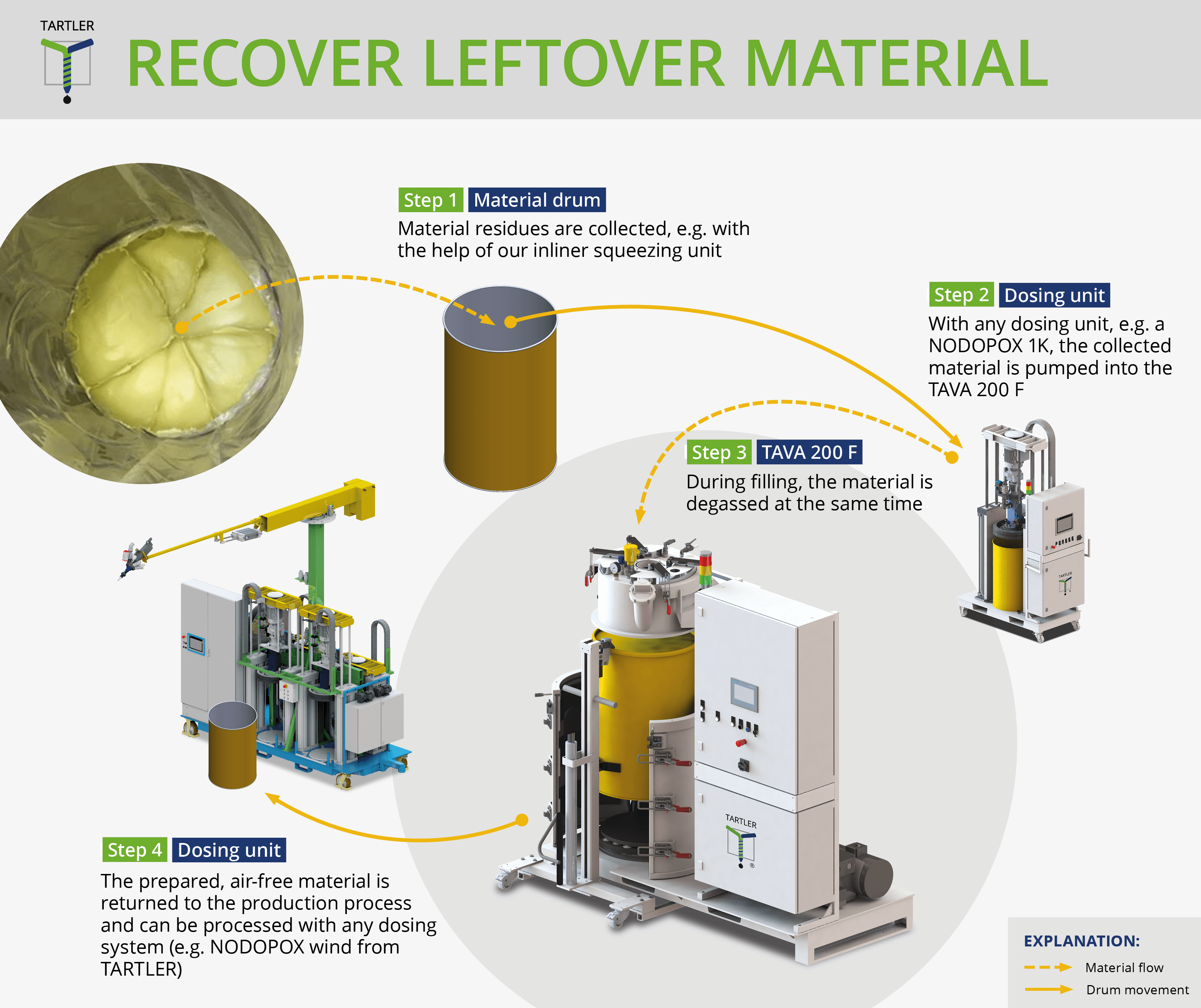
Info Movie #3 | Nodopox 200 1k | Preparing the drum change
29. December 2017
Connect with us! Connect with us on our social media platforms for news about our products and the company. Connect [...]
Tags: Info Movie, NODOPOX series, Produktportfolio


19. April 2022
The global players in the wind energy industry have publicly declared that they will consistently align their production with the criteria of sustainability and waste avoidance. In rotor blade production, leading manufacturers in the industry are now using the TAVA 200 F vacuum degassing station from the TARTLER GROUP. It is regarded as a pioneering system solution for the resource-saving and environmentally friendly use of free-flowing and pasty media. TAVA fills material under vacuum without introducing any air-pockets into the material. Also you can use it to degas the material that contains unwanted air-pockets or moisture. In this way, material residues from production can be collected and prepared for reuse.
With the plan to organize their production according to zero waste target / requirement in the future, the manufacturers of wind power technology are assuming a leading role in the implementation of sustainability principles in the industry. Their commitment is illustrated, among other things, by using the TAVA F system from TARTLER GROUP to recover and reuse previously wasted synthetic resins for rotor blade production. As the German machine manufacturer has reported, a number of well-known global players in wind energy are now using this innovative degassing system in order to reduce their waste quotas, optimize their material yield and reduce procurement and disposal costs. The integration of a TAVA 200 F in their process enables operators to establish a closed loop system that reduces material waste. It keeps scrapped material to a minimum and improves the ecological balance of the entire company. “The well-known big manufacturers are pioneers here,” reports Olav Davis, who, as head of the TARTLER GROUP’s research and development center, maintains knowledge transfer with these companies.
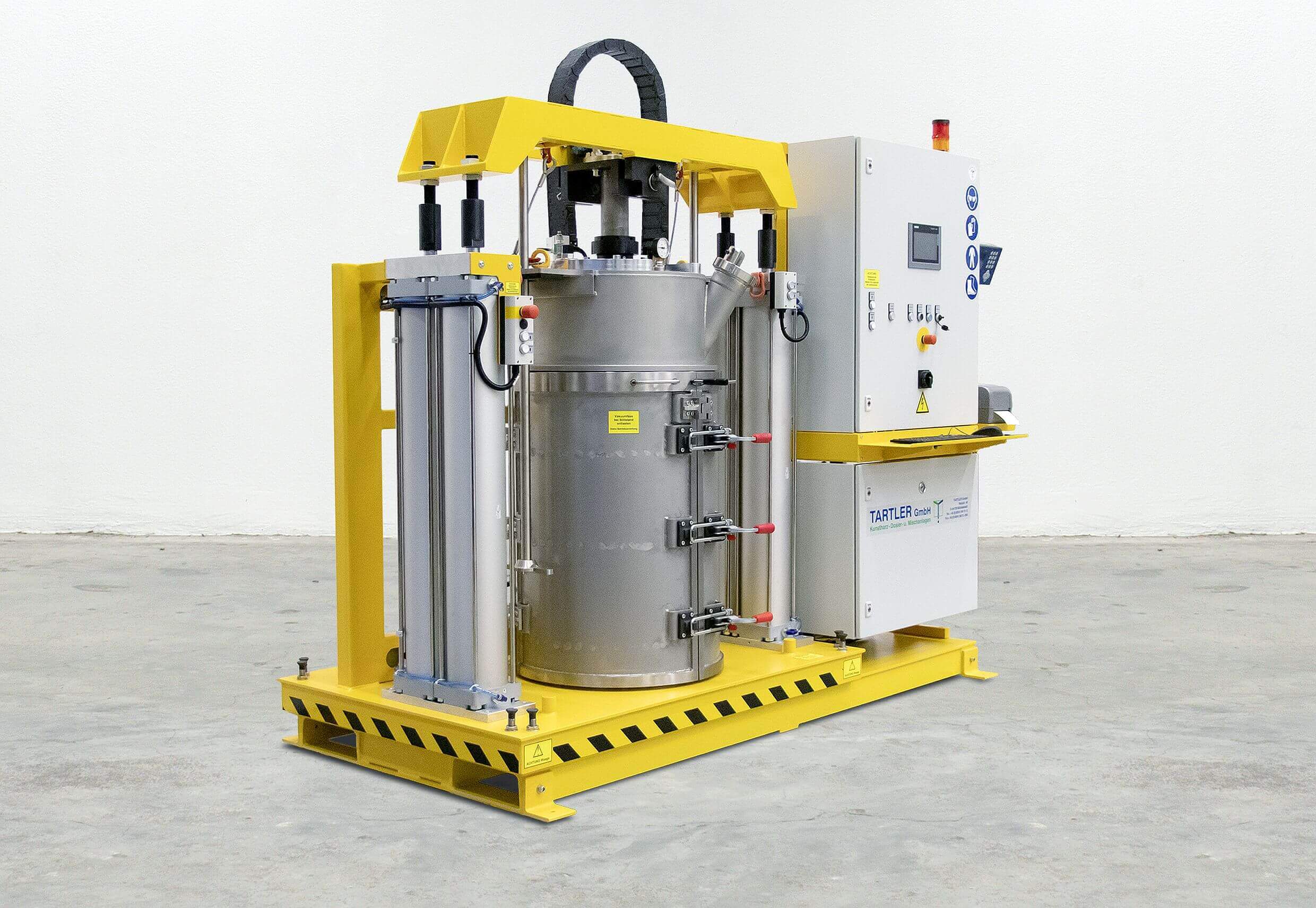
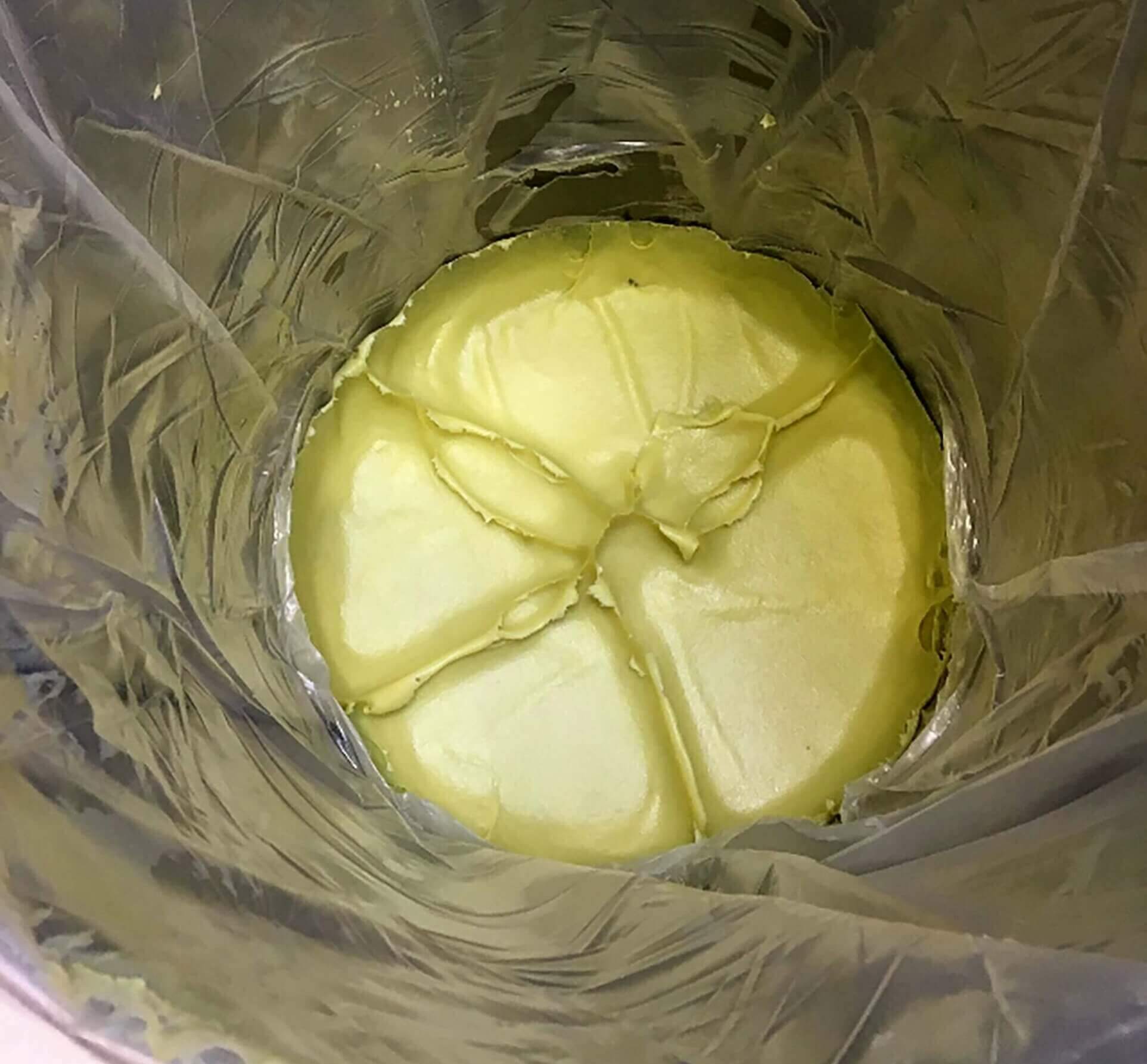
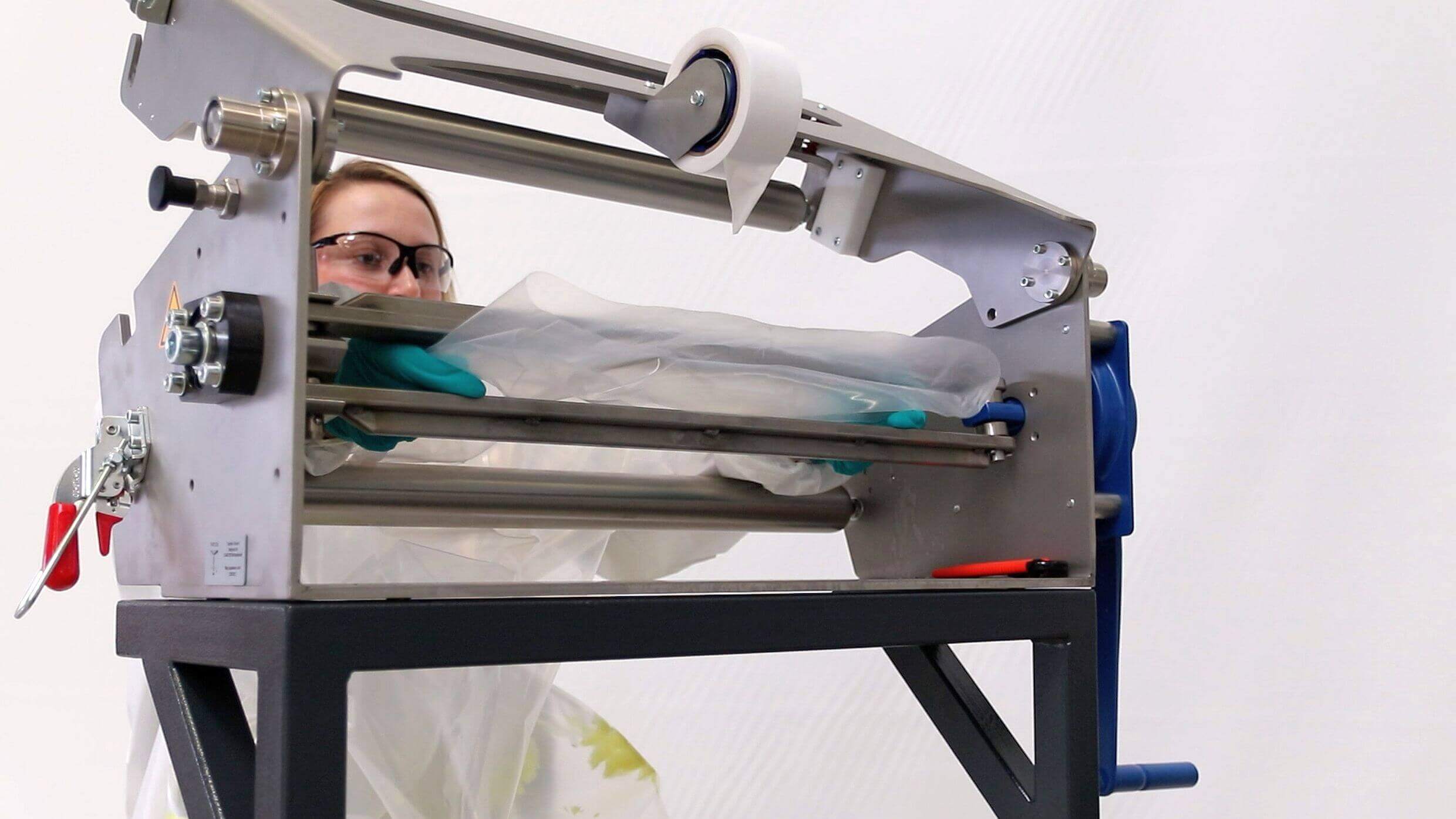
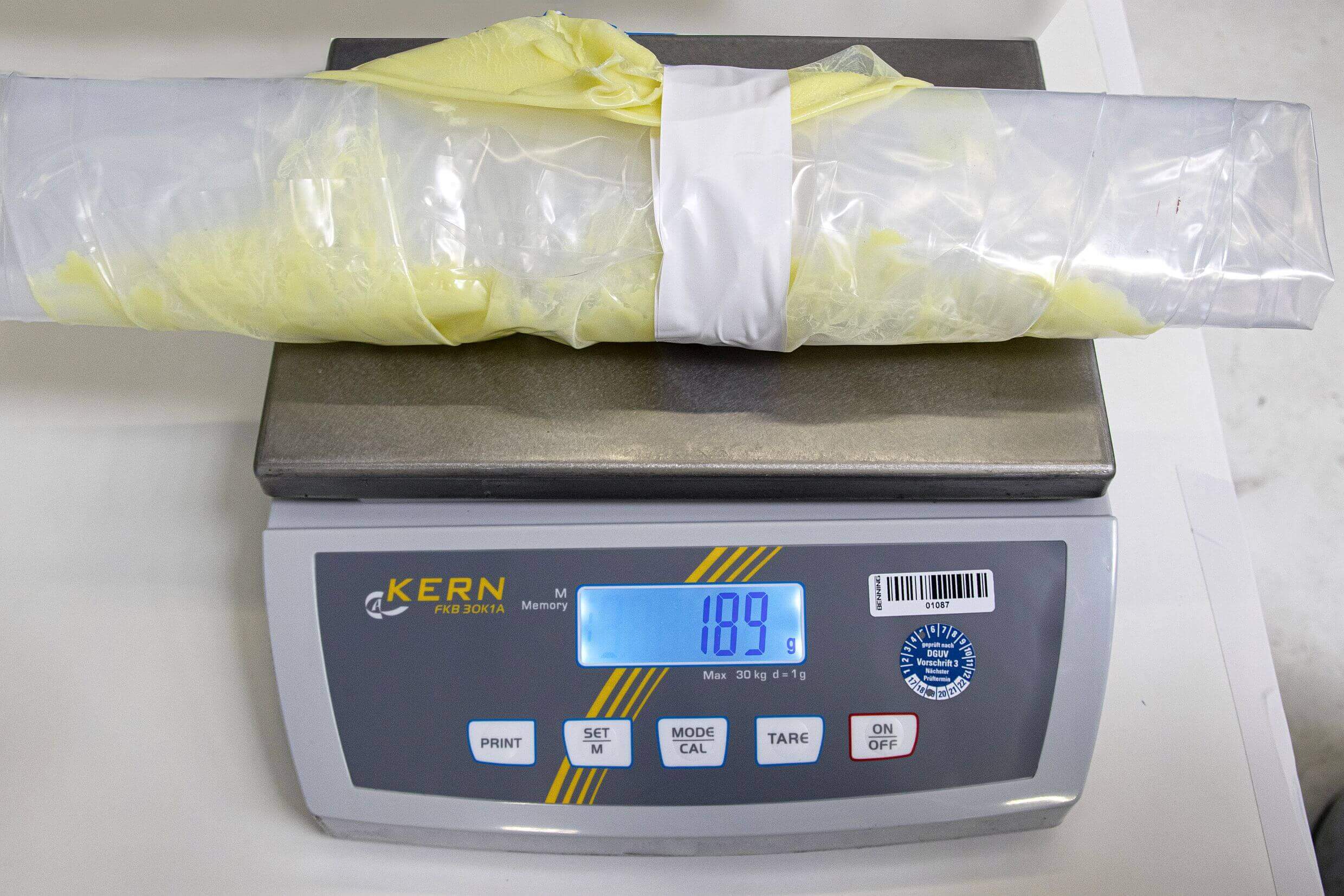
A considerable amount of synthetic resin is used in bonding the blade shells for the rotor blades of modern wind turbines, which can be up to 115 meters long. For the automated meter, mixing and application of the mostly highly viscous pastes, TARTLER has been equipping the industry with the modular multi-component systems of the NODOPOX type for more than three decades. In the recent past, the German company has also expanded its portfolio to include vacuum-based degassing systems. It offers rotor blade manufacturers an innovative solution for significantly reducing the use of resources and materials in synthetic resin processing. In particular, the use of the TAVA 200 F vacuum system in combination with the new inliner squeezing device from TARTLER – a type of roller press – sets standards in the establishment of sustainable processes. This is because the unwanted air voids can be removed from leftover material in the foil bags (inliners) of the drums. This way you can reuse normally scrapped material and lower-waste in production. Olav Davis gives concrete numbers: “Currently around 500 kg of resin paste are used to bond a single rotor blade for wind turbines in the 4 or 6 megawatt class. The material is pumped into the dosing and mixing system primarily from standard 200-liter drums. Until now it has been proven that – even with carefully emptied drums – up to 14 kg of flawless adhesive paste remaines in every drum or inliner. This had to be disposed of as hazardous waste.” Recovering this “lost” material is not only advantageous for the environment, but also to reduce material cost. Thinking of the total amount of material drums used in a yearly blade production, the return of investment for the TAVA system is very short.
In addition to the material residue in the inliner, you can also recover material from the process. For example, you need to drain a certain amount of material each time you change a drum to remove the unwanted air that you don’t want to enter the machine. It is also common practice when operating a metering and mixing system to control the mixing ratio on a regular basis. All this extra material, which is normally wasted, can be recovered for the process, as this material is not contaminated and not mixed together.
The TAVA 200 F degassing station and the new inliner squeezing device from TARTLER solve these problems. They make it possible to degas the collected residual material and free it from all air pockets, so that it can be used again safely and trouble-free in the dosing, mixing and application systems. “With a TAVA 200 F, a synthetic resin user not only takes a significant step forward in realizing sustainability goals on the way to zero waste production; it also reduces its operating and material costs. This is because it can increase the usable amount of resin by up to 6.0 percent per 200-liter drum. Depending on the annual paste consumption, the investment in a TAVA 200 F will quickly pay off,” says Olav Davis.
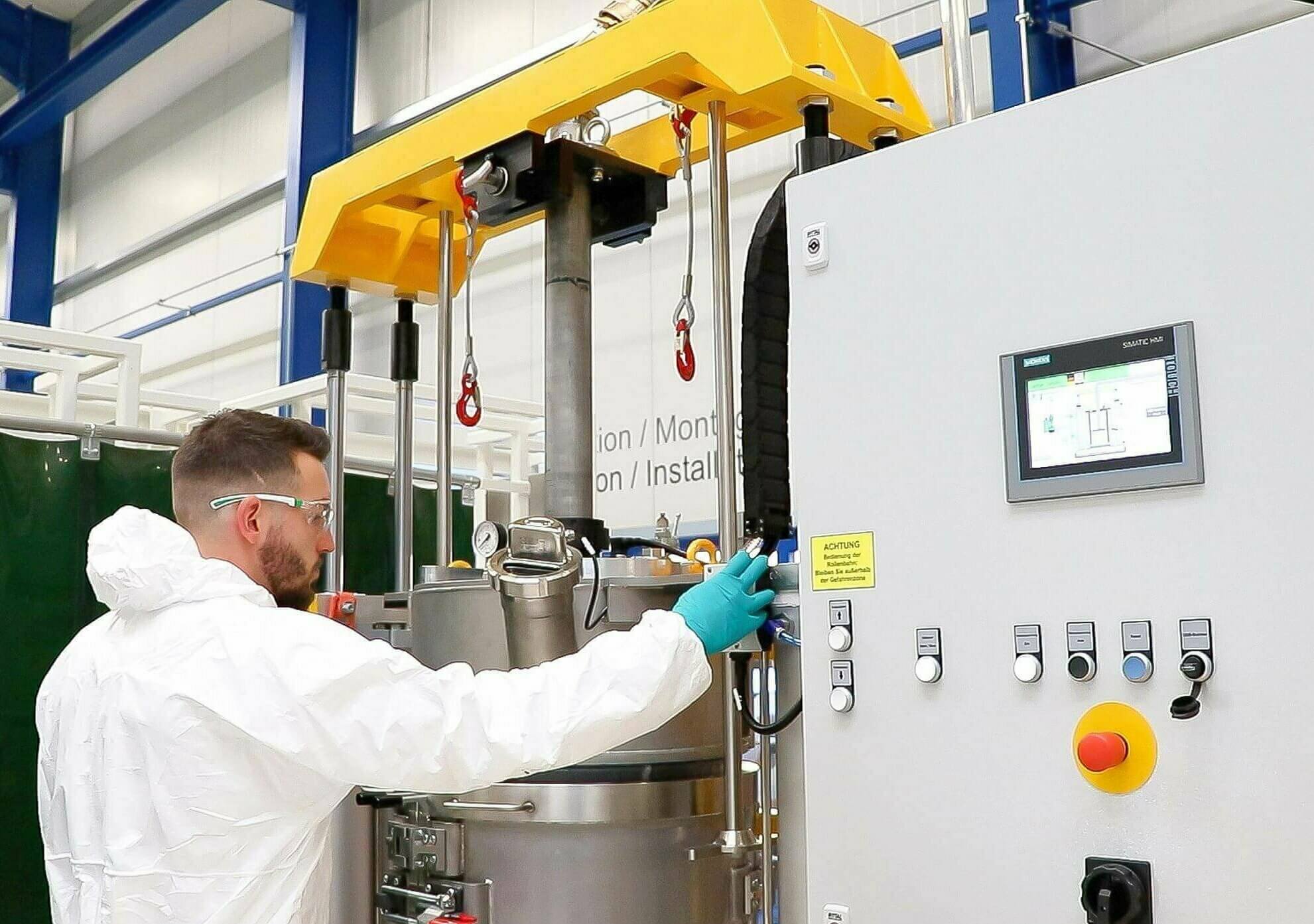
One of the leading manufacturers of wind power technology was recently able to reduce its annual paste consumption by almost 30 tons by using the degassing station from TARTLER, thus noticeably reducing the overall costs in its rotor blade production. At the same time, it combats waste, makes a measurable contribution to sustainability and improves the ecological balance of its value chain.
The TAVA 200 F is a self-sufficient complete solution that can be combined with the bond paste machines of all well-known manufacturers. The same applies to the new mechanical inliner squeezing device from TARTLER. With just a few simple steps, the user gets the last residues of resin out of each inliner, so that only a neatly rolled-up foil bag has to be disposed of. Olav Davis also points out: “TAVA 200 F and inliner squeezing device are available for immediate delivery and can be installed ready for operation within a few days.”
